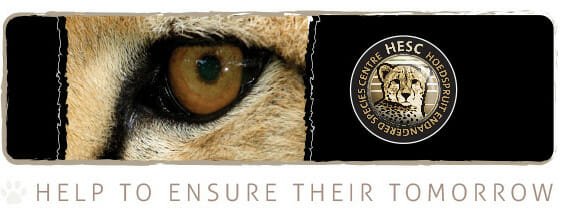A WOMAN’S WAR TO SAVE THE CHEETAHS
BY PROFESSOR JEFFREY FADIMAN

“Lente?” Her mother’s voice was soft. “Wake up! Would you like to be a mama. . .to a cheetah baby?”
Lente Schuermann, South Africa born, was five years old. She sat up and blinked at the tiny gray ball of fur, nestled in her mother’s hands. “I didn’t even know what it was,” she later told me. However, when it yawned and stretched and snuggled into her own cupped hands, Lente fell in love.
Sebeka, the cheetah was probably one week old. Her mother had been shot for attacking a sheep, and the cub survived. She showed no fear in Lente’s hands, but squirmed sleepily into a relationship that would last 21 years. The tiny cheetah had found a new mama, and Lente had found a lifelong career—as a mama to cheetahs.
The word “Sebeka” has no special meaning. It was just a sound that a little girl gave her new, gray, fur ball. Over time, it grew beautiful, slender, intelligent and, frankly, kittenish. It followed Lente around the house, climbed the furniture and wore a leash for back yard walks. It never grew wild. Lente’s problem was Sebeka’s sharp, rough tongue. It licked her legs, arms, neck, nose; whatever Sebeka could reach, and the licks hurt! Yet, Lente’s dearest memories are sitting on the floor, then feeling little cheetah feet stalk onto her lap, and a tiny tongue lick every inch of her cheeks.
Sebeka lived 21 years. Lente grew up to marry Johann Roode. They bought land to raise short horned cattle. Sadly, short-horned cattle cannot defend themselves against predators, which were far more common than they are today. Lion, leopard and cheetah took livestock almost daily, and ranchers shot them on sight. Johann defended the herd with his rifle, but on losing the 60th cow he gave up. The herd was sold, and the land became a “wild game farm,” evolving over decades into today’s Wilderness Conservation Reserve.
RAISING ORPHANED CHEETAHS



